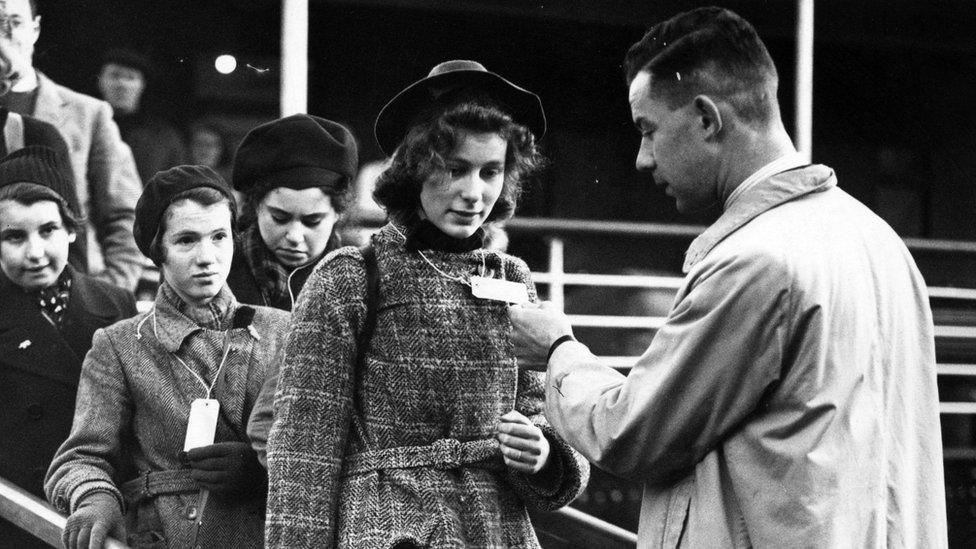Kindertransport: From Berlin to Aberystwyth after fleeing the Nazis
- Published
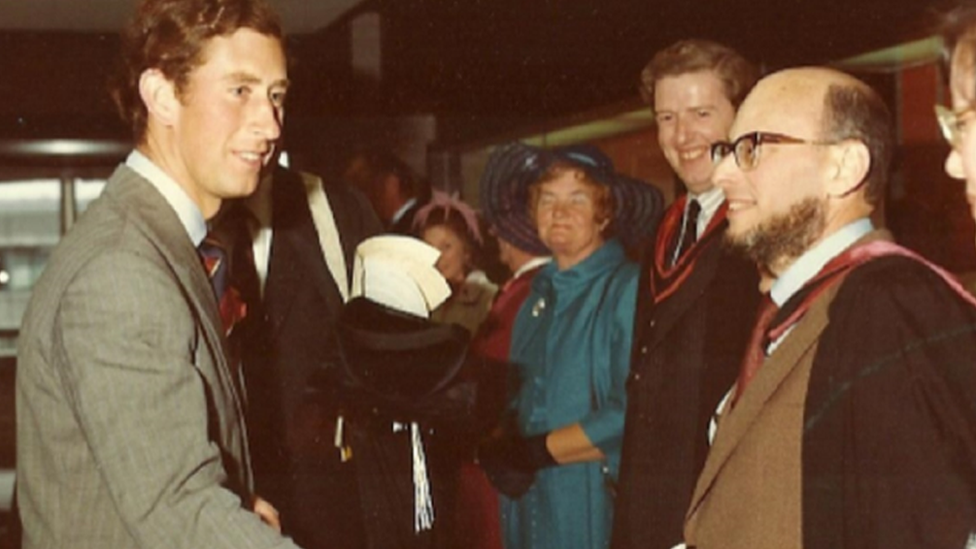
William Dieneman (right), a former librarian at Aberystwyth University, met Prince Charles
The story of an Aberystwyth man who was part of one of the most remarkable mass rescues in history is to be told in Germany.
About 10,000 mainly Jewish children escaped the Nazis in the 1930s thanks to the Kindertransport scheme.
William Dieneman, former Aberystwyth University librarian, was one of them, leaving Berlin aged nine.
His experience will be part of a new exhibition in Berlin marking the 80th anniversary of the rescue.
Many parents decided to send their children out of Germany following the events of Kristallnacht when Jewish businesses and synagogues were attacked.
Mr Dieneman passed away last year at the age of 88. His former colleague Dr Andrea Hammel interviewed him as part of 20 years researching the experiences of the child refugees.
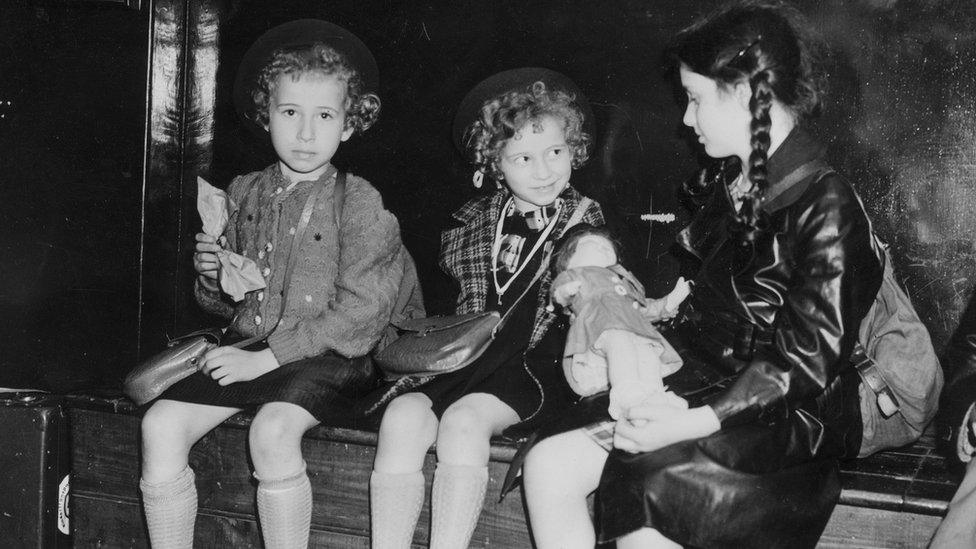
Jewish children, part of the Kindertransport mission, at Liverpool Street Station in 1939
Dr Hammel, from Aberystwyth University's Department of Modern Languages, said that despite Mr Dieneman's experiences, he was a very upbeat person.
"He was incredibly happy and unusually positive," she said. "He loved talking about his experiences as a Kindertransportee but of course that did not define his whole life.
"He became a university librarian, he married and had a daughter who still lives in Aberystwyth. He had a very interesting life.
"His parents did manage to escape Germany as well, which makes a difference because that was not everybody's experience. We think about half the Kindertransportees saw both, or one, of their parents again."
Mr Dieneman's journey, which began in Berlin in January 1939, saw him travel to Hamburg by train and then board the SS Manhattan, eventually arriving in Southampton.
Although his parents made it to the UK, he did not live with them again and went to boarding school in Bristol, which paved the way for him to go to university.
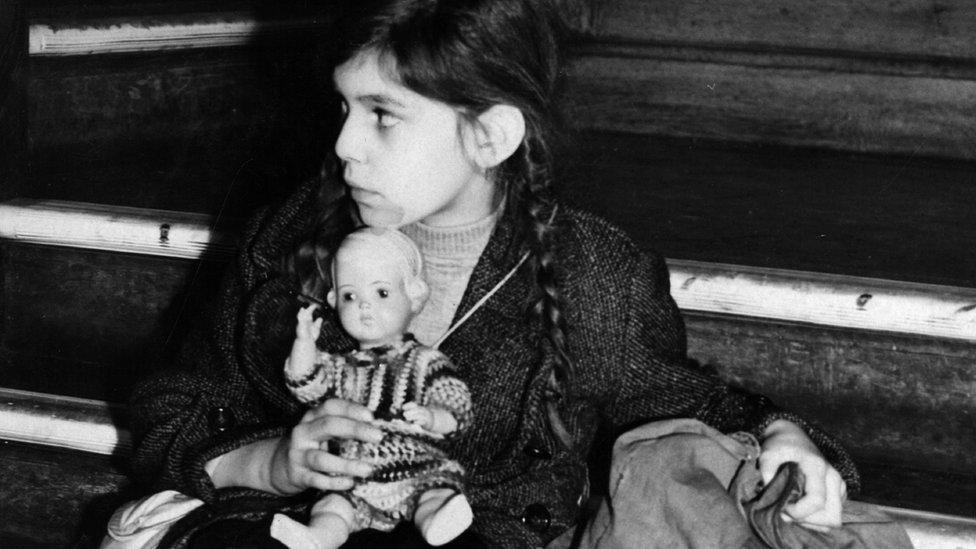
Eight year-old Josepha Salmon, one of the children saved by the Kindertransport trains, arrived at Harwich in Essex in 1939
Dr Hammel added: "I think it was difficult for the family but in some ways he was luckier than others.
"He was like many people in that he arrived as a refugee, settled somewhere and then got on with life. He was very settled in Aberystwyth and part of life there. Even towards the end of his life, when he suffered from dementia, he was happy to talk about his journey."
Mr Dieneman's story and other research by Dr Hammel will feature in the Am Ende des Tunnels (at the end of the tunnel) exhibition which will go on display from 16 August at Berlin-Charlottenburg railway station, one of the places where the children began their journeys.

What was Kindertransport?

Thousands of children were transported to safety on the Kindertransport, ahead of World War Two
The Kindertransport mission unfolded between November 1938 and September 1939, when World War Two broke out
After Kristallnacht, the British government agreed that some Jewish children under the age of 17 could temporarily come to Britain to safety
The first train from Vienna left on 10 December 1938 and the last one departed from Berlin on 1 September 1939 - the very same day that Germany invaded Poland. Britain declared war on Germany two days later
Up to 10,000 youngsters from Germany, Austria Poland and Czechoslovakia arrived in the UK
Children as young as five years old and up to the age of 17 were taken to safety
Some of the older children who had been rescued went to live in hostels. Meanwhile, younger children were sent to live with foster families
- Published22 June 2018
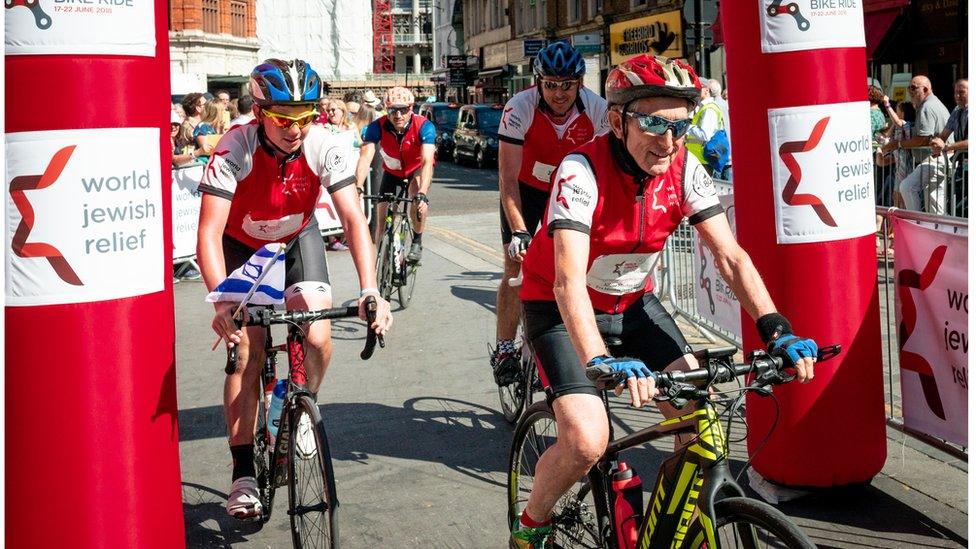
- Published12 July 2019
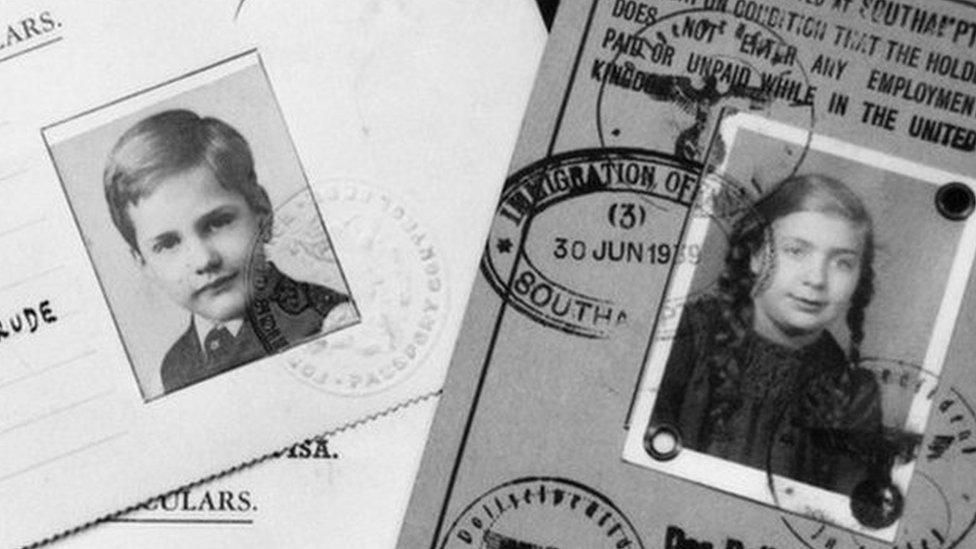
- Published1 December 2018
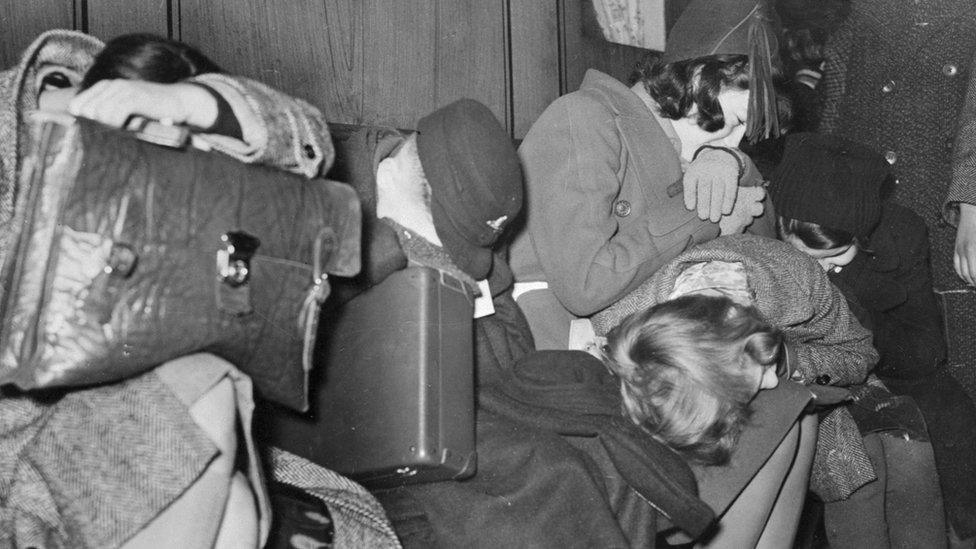
- Published18 November 2018
